
Raspberry Pi is an indispensable single-board computer that comes in handy for a lot of work. Don’t believe me? Just go through this list of Raspberry Pi projects to get a gist of what this tiny device is capable of.
Considering how useful a Raspberry Pi is – it is an important task to choose the right operating system for it. Of course, you can do plenty of things with Linux, but an OS specially configured for Raspberry Pi can save you considerable time and effort.
So, in this article, I will be listing out some popular and useful operating systems tailored for Raspberry Pi. Also, stay tuned until the end for installation info and some of my personal thoughts.
Installing any Operating System on Raspberry Pi Easily
Installing a Raspberry PI operating system on an SD card is easier than ever before. You can simply use the Raspberry Pi Imager tool and install any operating system.
You can also refer to the official video linked below to learn how to install any OS:
Previously, you could use NOOBS (New Out Of the Box Software), but that has been retired in favor of the new imager tool. Click on the button below to get started with the imager tool.
Various Operating Systems for Raspberry Pi
Please keep in mind that I have taken an effort to list only those Raspberry Pi operating system projects that are being actively maintained. If a project has been discontinued or will be, in the near future, do let me know in the comments section.
Another thing is that I have focused on the latest Raspberry Pi 4 and Pi 5 boards, but this should not be considered just as a list of OSes for those.
You should be able to use most of the options listed below on Raspberry Pi 3, 3 B+ and other variants as well. But, make sure to check out the official websites of the projects for more info on compatibility.
1. Raspberry Pi OS: The Official One
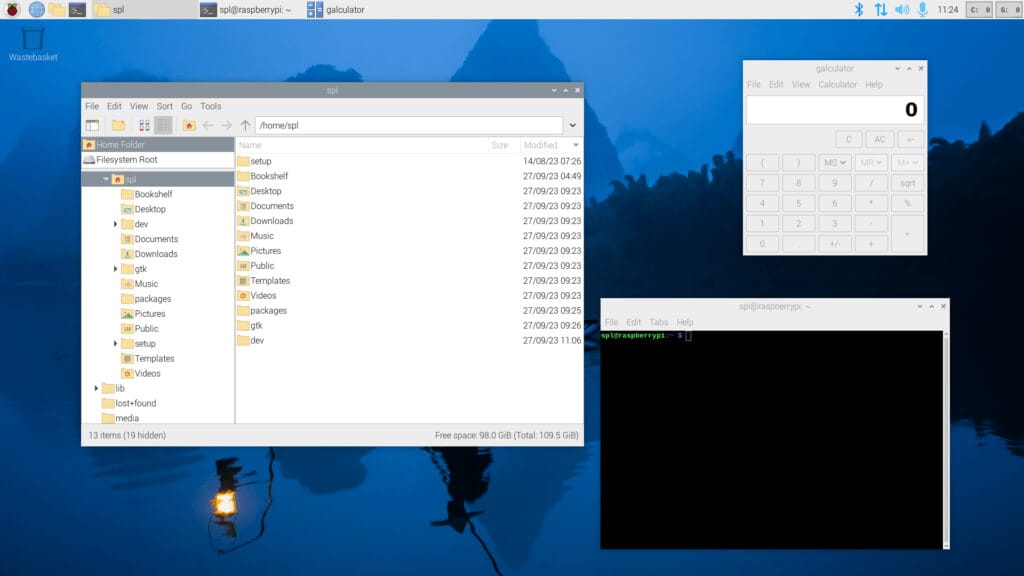
Formerly known as “Raspbian”, Raspberry Pi OS is the officially supported OS for Raspberry Pi boards. It comes baked in with several tools for education, programming, and general use. Specifically, it includes Python, Scratch, Sonic Pi, Java, and numerous other important packages.
Originally, Raspberry Pi OS is based on Debian and comes pre-installed with loads of useful packages. So, when you get this installed, you probably don’t need to install essentials separately – you should find almost everything pre-installed.
Raspberry Pi OS is actively maintained, and it is one of the most popular operating systems for Raspberry Pi boards out there.
2. Ubuntu MATE: For General Purpose Computing
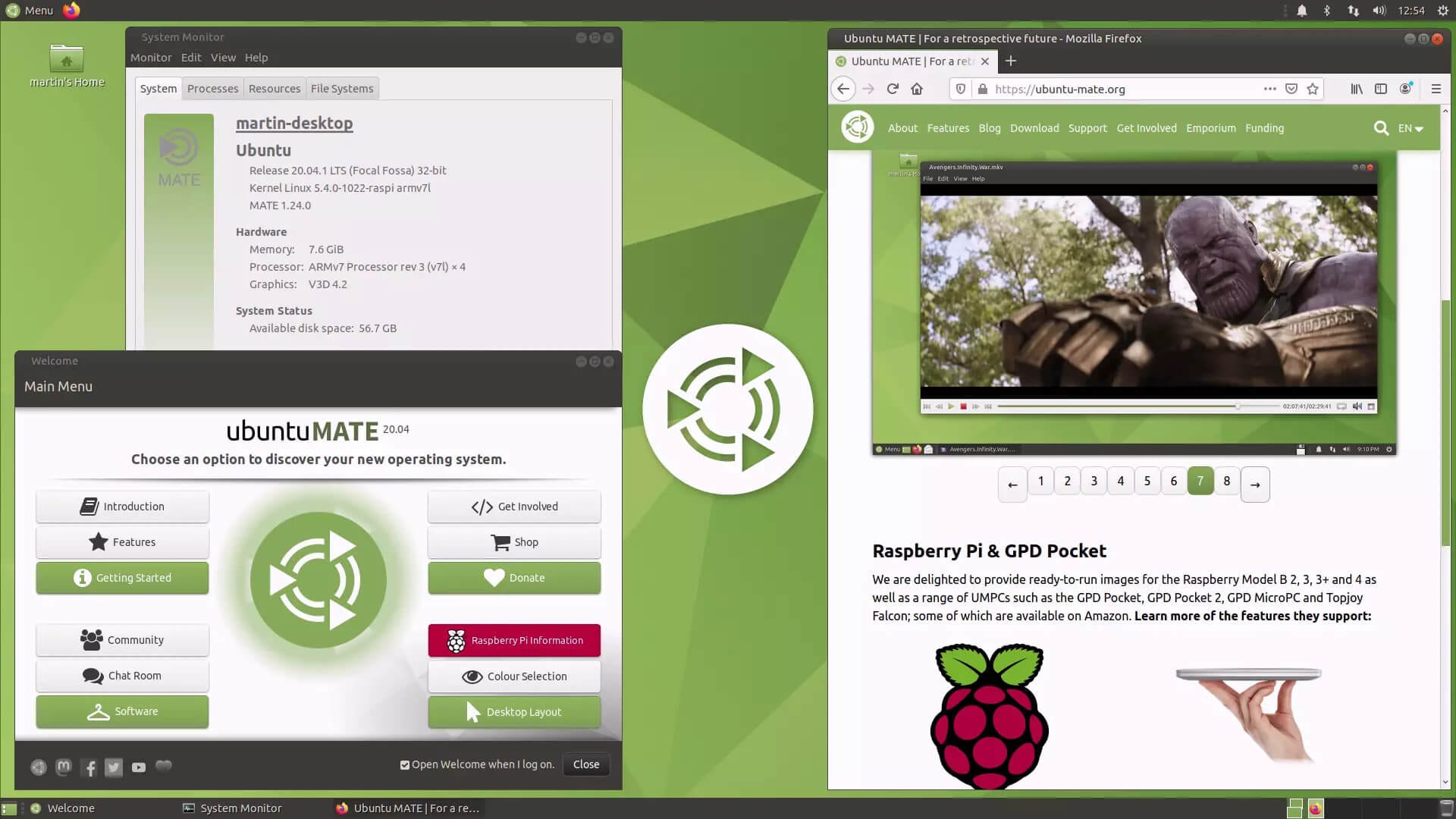
Even though Raspberry Pi OS is the officially supported OS, sometimes you may need something different, so, you can try Ubuntu MATE for Raspberry Pi.
Ubuntu MATE is an incredibly lightweight distribution to have installed. It’s also popularly used on NVIDIA’s Jetson Nano. In other words, you can utilize it for several use-cases with the Raspberry Pi.
To help you out, we also have a detailed guide on how to install Ubuntu MATE on Raspberry Pi.
3. Ubuntu Server: For Use as a Linux Server
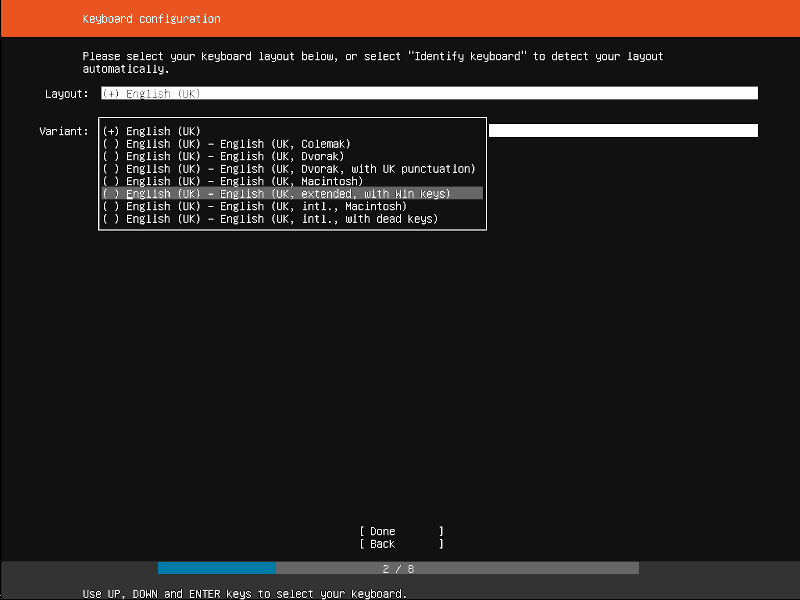
If you’re planning to use your Raspberry Pi as some sort of server for a project, Ubuntu Server can be a great choice to have installed.
At the time of writing, you can get 64-bit images of the OS based on Ubuntu 22.04.3 LTS and Ubuntu 23.10 releases.
However, it is worth noting that Ubuntu Server isn’t tailored for desktop usage. So, you need to keep in mind that you will have no proper graphical user interface installed by default.
4. LibreELEC: For Media Server
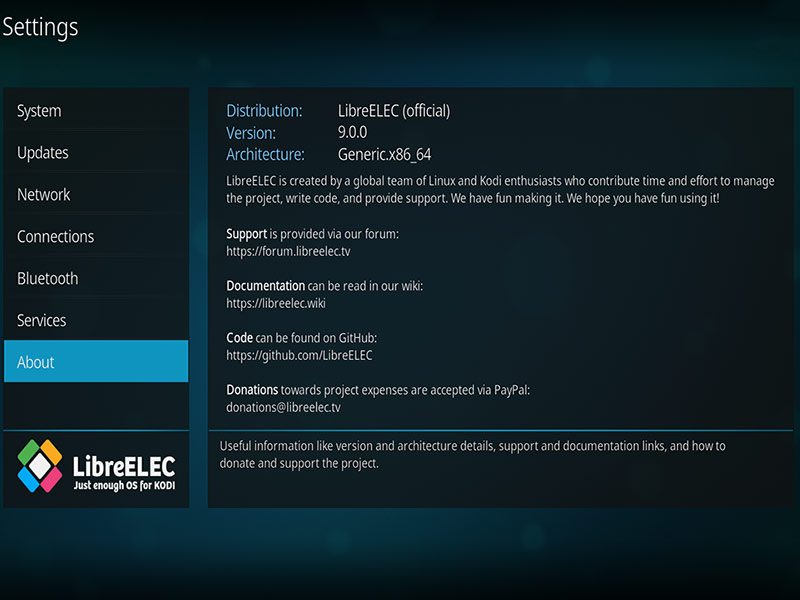
We already have a list of the best Linux media server software for Linux, and LibreELEC is one of them. You can run a fully-fledged media server on a Raspberry Pi board by using this.
It’s a great lightweight OS system capable enough to have KODI on your Raspberry Pi. You can head over to the official download page to find a suitable installer image for your board.
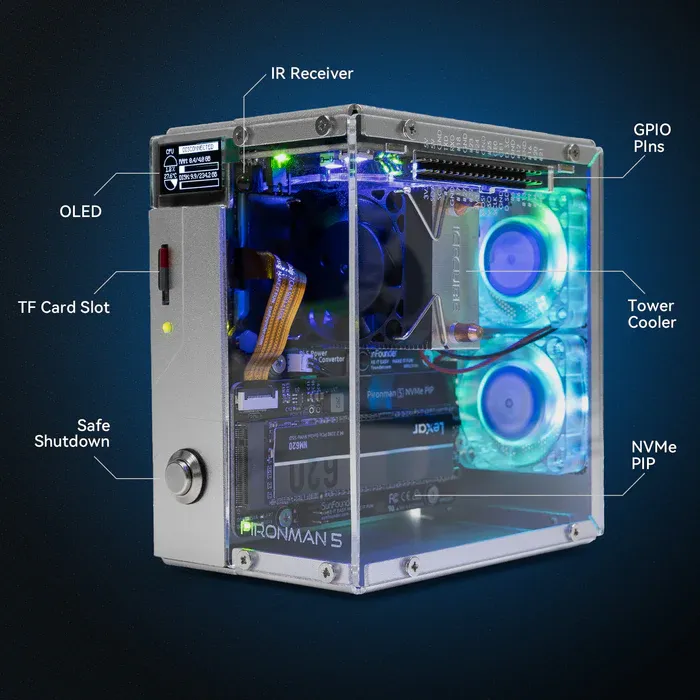
Pironman 5 Case With Tower Cooler and Fan
This dope Raspberry Pi 5 case has a tower cooler and dual RGB fans to keep the device cool. It also extends your Pi 5 with M.2 SSD slot and 2 standard HDMI ports.
5. OSMC: For Media Server

OSMC is yet another popular media server software for Linux. While considering the use of Raspberry Pi boards as media center devices, this is one of the good ones that you can recommend to someone.
Similar to LibreELEC, OSMC also runs KODI to help you manage your media files and enjoy watching the content you already have.
OSMC officially supports Raspberry Pi 4 and Raspberry Pi 5. So, even if you have a Raspberry Pi 3 or lower, you should be good to go.
6. RISC OS: The original ARM OS
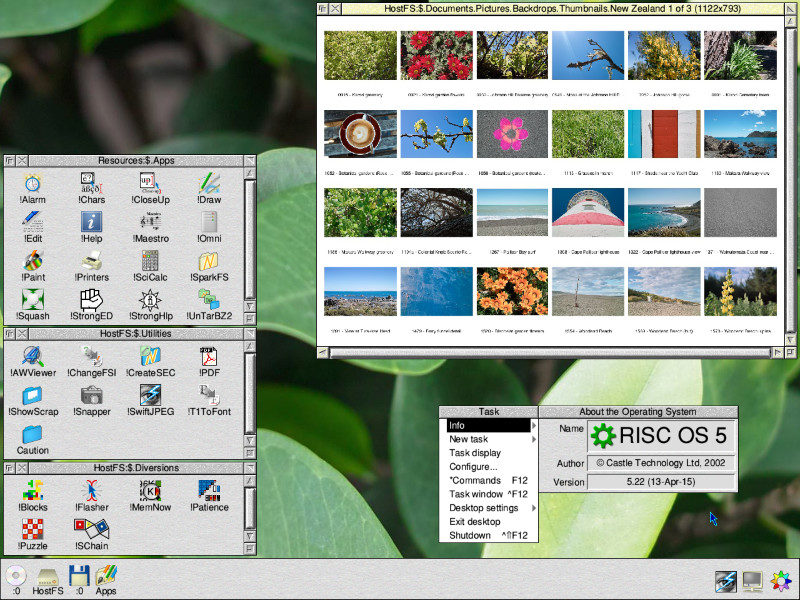
Originally crafted for ARM devices, RISC OS has been around for almost 30 years or so.
We also have a separate detailed article on RISC OS, if you’re curious to know more about it. Long story short, RISC OS is tailored for modern ARM-based single-board computers like the Raspberry Pi. It presents a simple user interface with a focus on performance.
This is meant for the Raspberry Pi 4, with no news of support for the Raspberry Pi 5. Anyway, if you have a Raspberry Pi 4 or lower, you can give it a try.
7. Mozilla WebThings Gateway: For IoT Projects
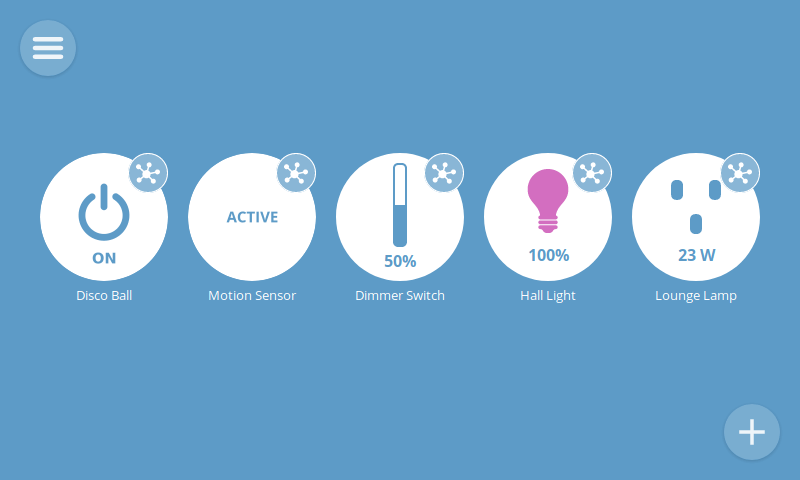
As part of Mozilla’s open-source implementation for IoT devices, WebThings Gateway lets you monitor and control all your connected IoT devices.
You can follow the official documentation to check installation instructions and other requirements to get it installed on a Raspberry Pi. This is, definitely, one of the more utility-focused operating systems for IoT applications.
8. Ubuntu Core: For IoT projects
Yet another operating system for potential IoT applications or maybe to simply test snaps – Ubuntu Core.
Ubuntu core is specifically tailored for IoT devices and is a suitable and secure OS for Raspberry Pi boards. You can give this a try for yourself!
9. DietPi: A Lightweight OS
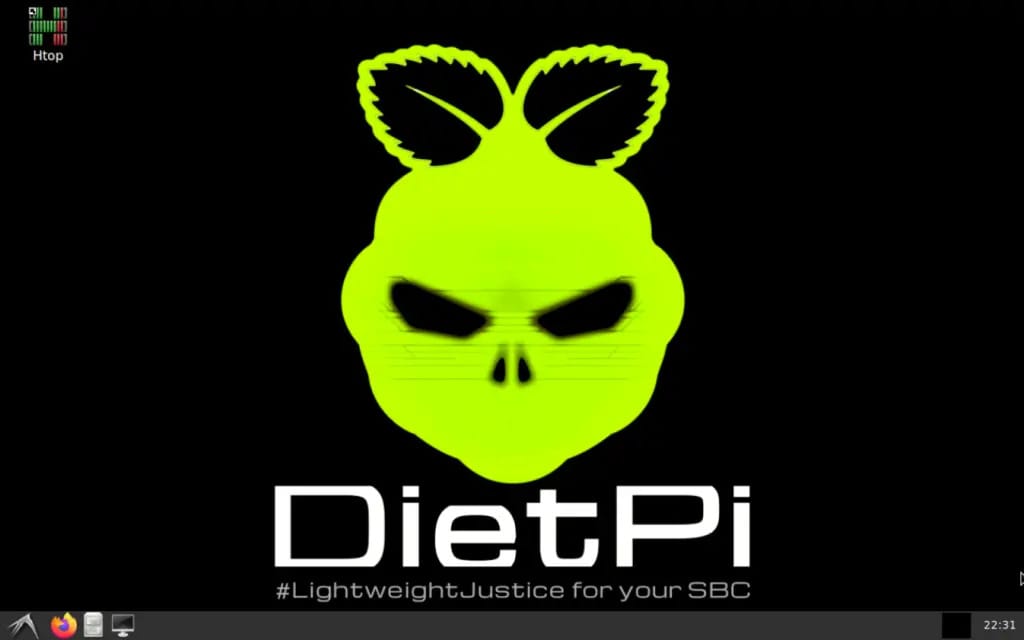
DietPi is a lightweight Debian-based operating system that claims to be lighter than “Raspberry Pi OS Lite”.
While considering it as a lightweight operating system for the Raspberry Pi, it offers plenty of features that could be useful for several use-cases. Ranging from easy installers for software packages to a backup solution, there’s a lot to explore.
If you’re aiming to get an OS with a low footprint but potentially better performance, you could give this a try.
10. Lakka: For Retro Gaming
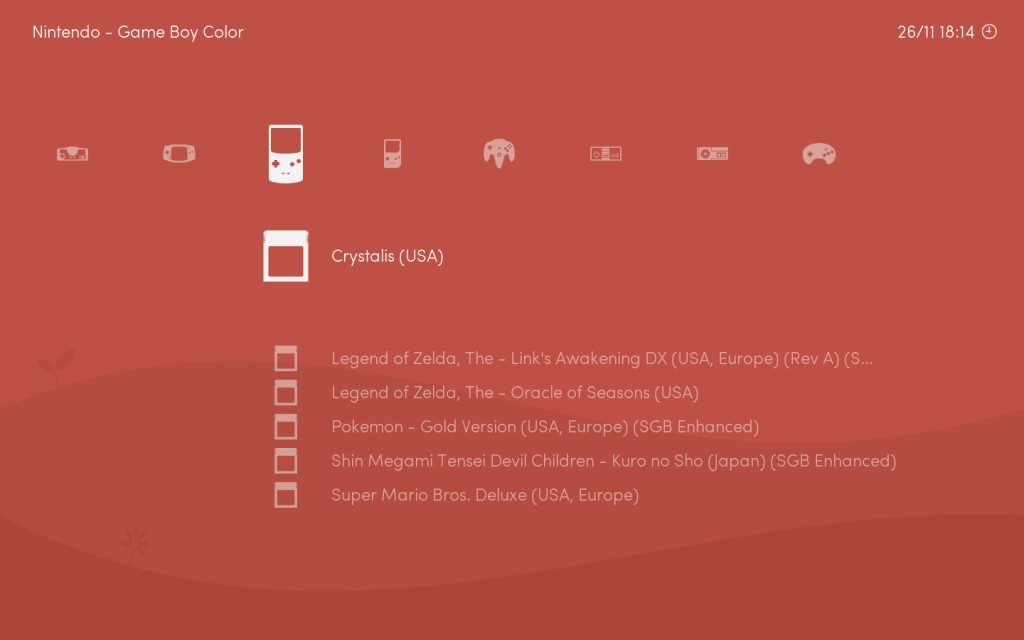
Looking for a way to turn your Raspberry Pi into a retro gaming console?
Well, then the Lakka Linux distribution can be the one for you. Originally built on top of the RetroArch emulator, it lets you run retro games on your Raspberry Pi effortlessly.
11. RetroPie: For Retro Gaming

RetroPie is yet another popular OS option that turns a Raspberry Pi into a retro gaming console. It features various configuration tools so that you can customize the theme or just tweak the emulator to have the best retro gaming experience possible.
It is worth noting that it does not include any copyrighted games. You can give it a try and see how it works!
12. Kali Linux: Hacking On a Budget
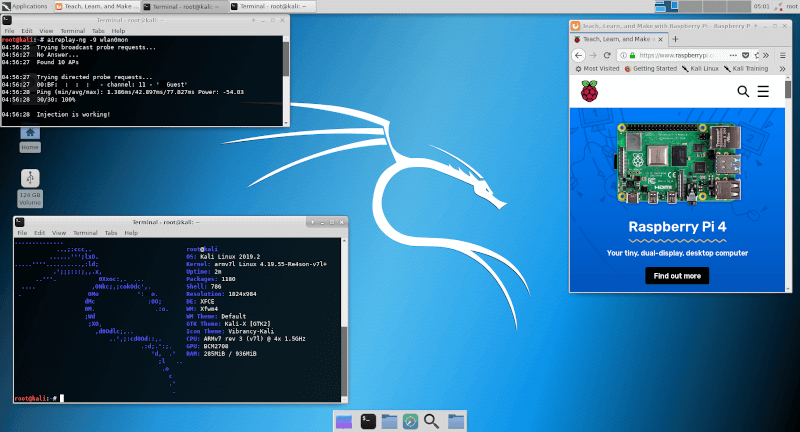
Want to try to learn some ethical hacking skills on your Raspberry Pi?
Kali Linux can be a perfect fit for it. And, yes, it usually supports the latest Raspberry Pi as soon as it launches.
Not just limited to Raspberry Pi, you can get support for a long list of other supported devices as well. Try it out and have fun!
13. openmediavault: For Network Attached Storage (NAS)
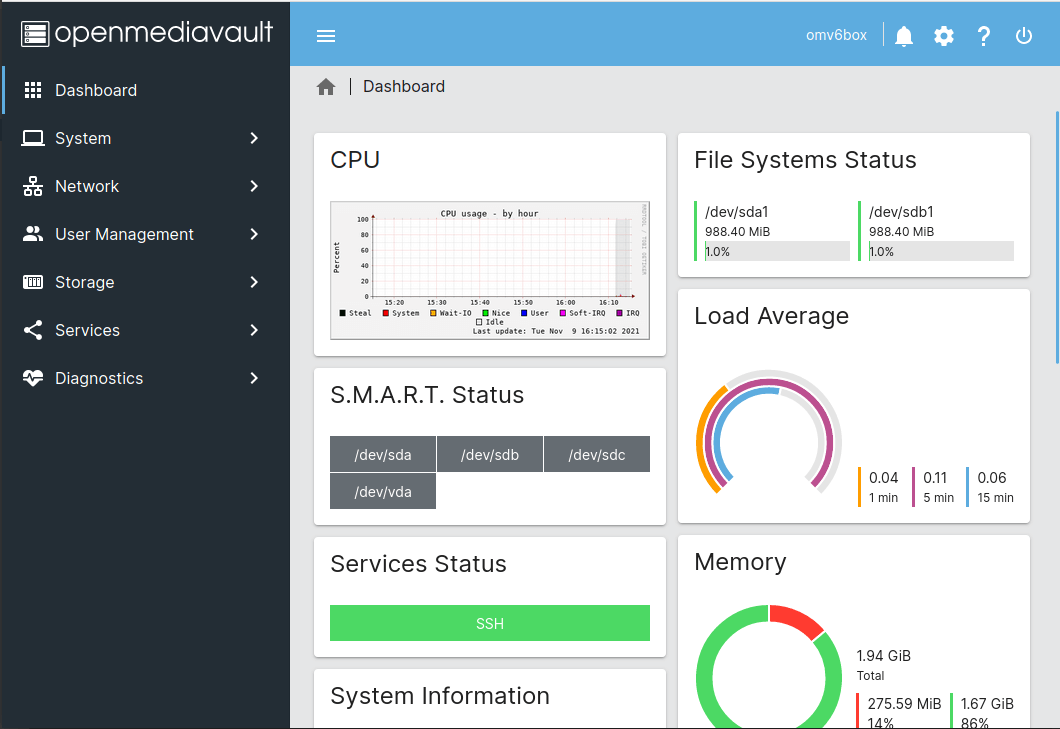
If you’re trying to set up a NAS (Network Attached Storage) solution on minimal hardware, the Raspberry Pi is a great choice.
Originally, based on Debian, openmediavault offers a number of features that include web-based administration capabilities, plugin support, and more. It supports most Raspberry Pi models – so you can try downloading and installing it!
14. piCore (Tiny Core Linux): For a Minimal Experience
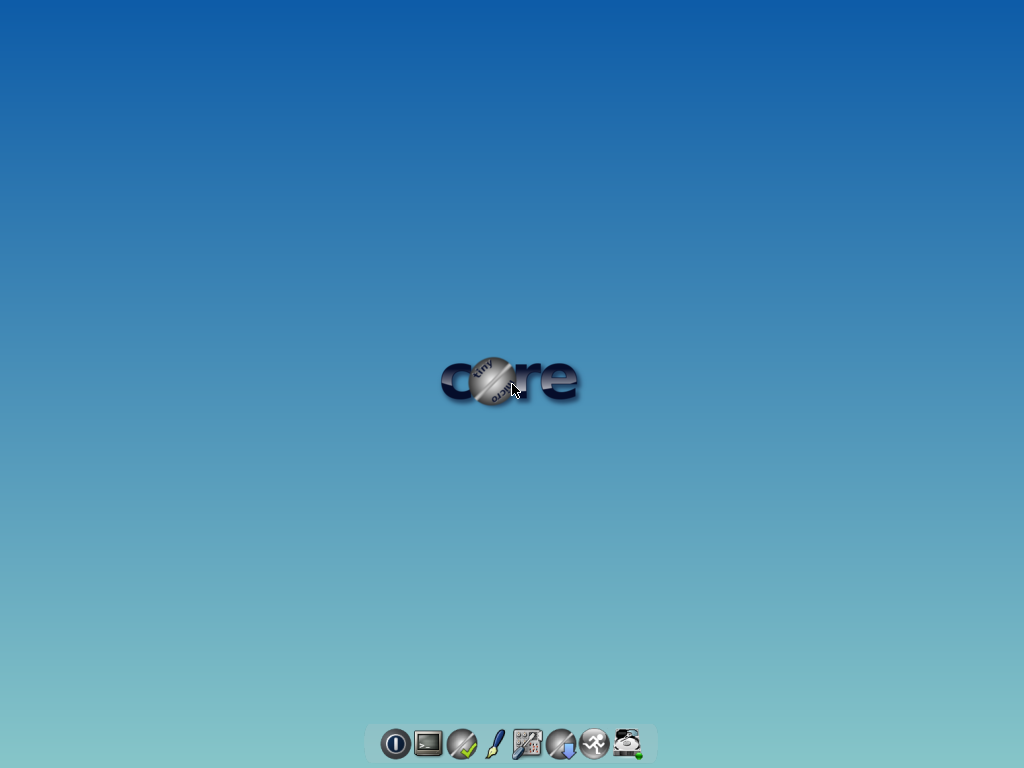
Derived on the popular community-built Tiny Core Linux distro, piCore is a Raspberry Pi port that features an independent system architecture built by a handful of developers.
Its main highlight is the amount of flexibility on offer, you can create a customized system that is tailored according to your preferences. It also features a recent kernel and a handy set of applications.
Moreover, the system entirely runs on the RAM of a Raspberry Pi board.
15. Alpine Linux: Lightweight and Security-Focused
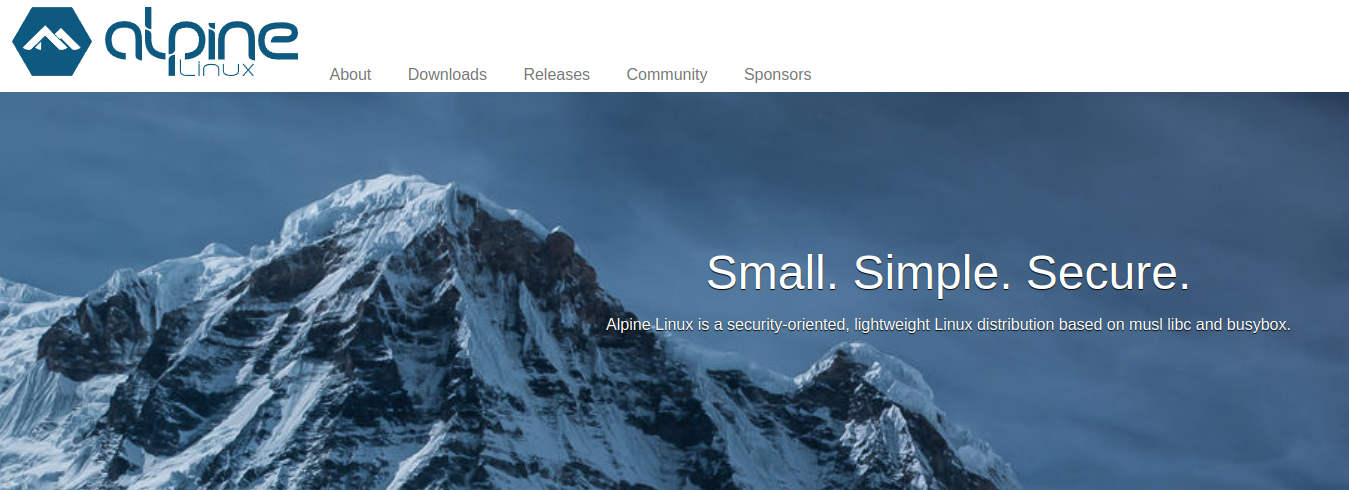
Nowadays, many users are usually looking for security-focused and privacy-focused distributions. And, if you are one of them, you might as well try Alpine Linux on a Raspberry Pi.
It may not be as user-friendly as you’d expect (or beginner-friendly) if you’re just getting started with Raspberry Pi. But, if you want something different to start with, you can try this as a security-focused Linux distribution.
16. Slackware ARM: For a Slackware Experience

For those unfamiliar, Slackware Linux is one of the oldest Linux distributions around that has a pretty dedicated user base. Slackware ARM was created as a hobby project spinoff that has evolved a lot over the years.
It can be a great fit for your Raspberry Pi board, you can follow the official documentation to get started with Slackware ARM.
17. KDE Plasma Bigscreen: Convert TV into Smart TV
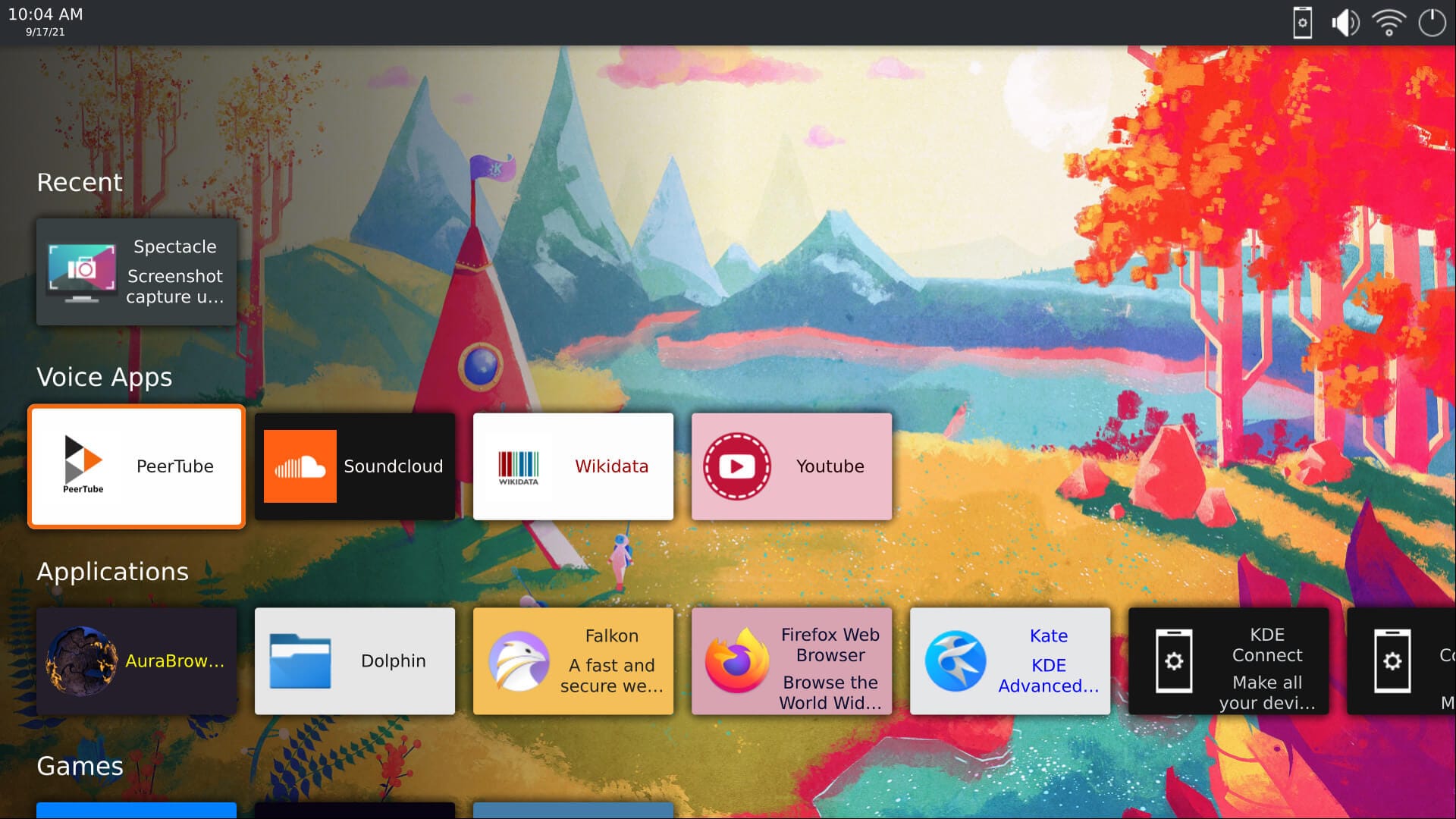
This is a regularly updated project from KDE. With Plasma Bigscreen installed on the Raspberry Pi, you can convert your regular TV into a smart TV.
It is an open-source user interface for TVs that is based on a Linux distribution, it also integrates Mycroft AI for voice assistant features.
There are two main ways of installing it on a Raspberry Pi, one is by using the PostmarketOS distribution (based on Alpine Linux).
The other is by using the Raspberry Pi images with Plasma Bigscreen from Manjaro ARM.
18. Manjaro ARM: A Versatile Desktop Experience

If you were looking for an Arch-based Linux distro for the Raspberry Pi, Manjaro ARM should be a great addition for general computing tasks, with the ability to do plenty of things.
Manjaro ARM is the SBC-focused edition of Manjaro Linux that supports many Raspberry Pi boards. It offers XFCE, KDE Plasma, GNOME, SWAY, MATE, and Minimal variants for your Raspberry Pi or any Raspberry Pi alternatives.
Moreover, it seems to offer one of the fastest/best experiences on a Raspberry Pi device. Give it a try if you haven’t!
19. Volumio: To use it as an open-source music player

Want to make an inexpensive audiophile system?
Volumio should be able to help with that. It is a free and open-source OS (GitHub) which also supports the ability to integrate multiple devices. You can manage all the devices connected through a simple web-based control interface.
In addition to the free edition, it also has a premium edition as well that gives you access to exclusive features.
It supports many Raspberry Pi boards as well. So, if you’ve got some interest in converting an existing home stereo system for better quality, you could try this out.
20. FreeBSD: The Do-it-All OS
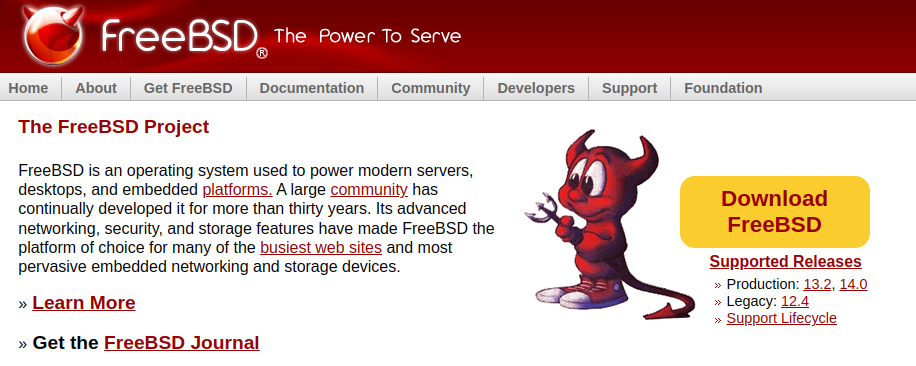
Don’t want to utilize a Linux distribution? Fret not, you can also have a UNIX-like OS installed on Raspberry Pi thanks to FreeBSD.
Once you get it installed following their official instructions, you can use it for any DIY experiment with your Raspberry Pi, or just use it as a lightweight desktop setup for specific tasks.
In case you didn’t know, in the past, we had an insightful chat with Deb Goodkin, the Executive Director of the FreeBSD Foundation. You can go through our article to know more about the FreeBSD project.
Suggested Read 📖

21. NetBSD
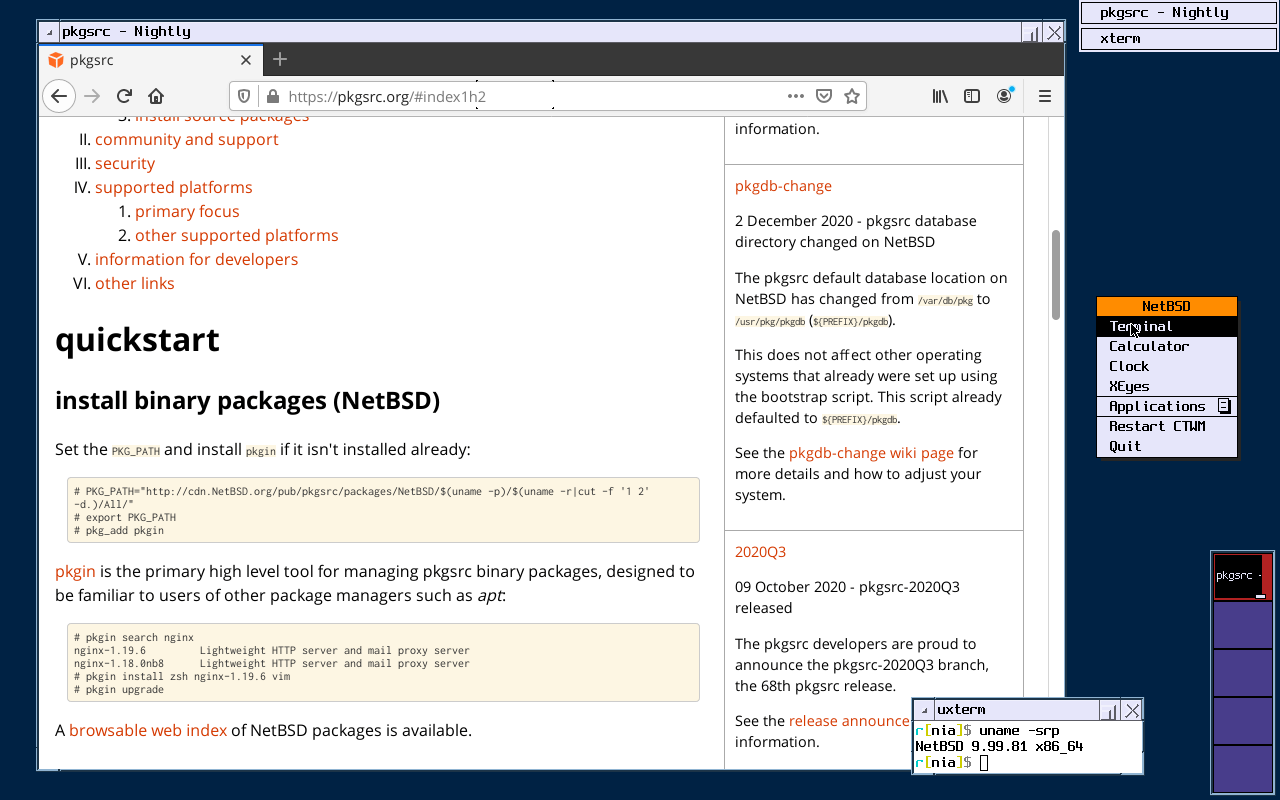
NetBSD is yet another impressive UNIX-like OS that you can install on your Raspberry Pi. It aims to be a portable OS that can be used across multiple systems.
If you’ve used it previously, you might already know its benefits. However, it is not just limited to being a lightweight and portable OS, it has a useful set of features to get various tasks done.
Wrapping Up
I’m sure there are a lot of other operating systems tailored for Raspberry Pi – but I’ve tried to list the most popular and useful ones that are actively maintained.
💬 If you think we missed any operating system, feel free to let us know in the comments below!


